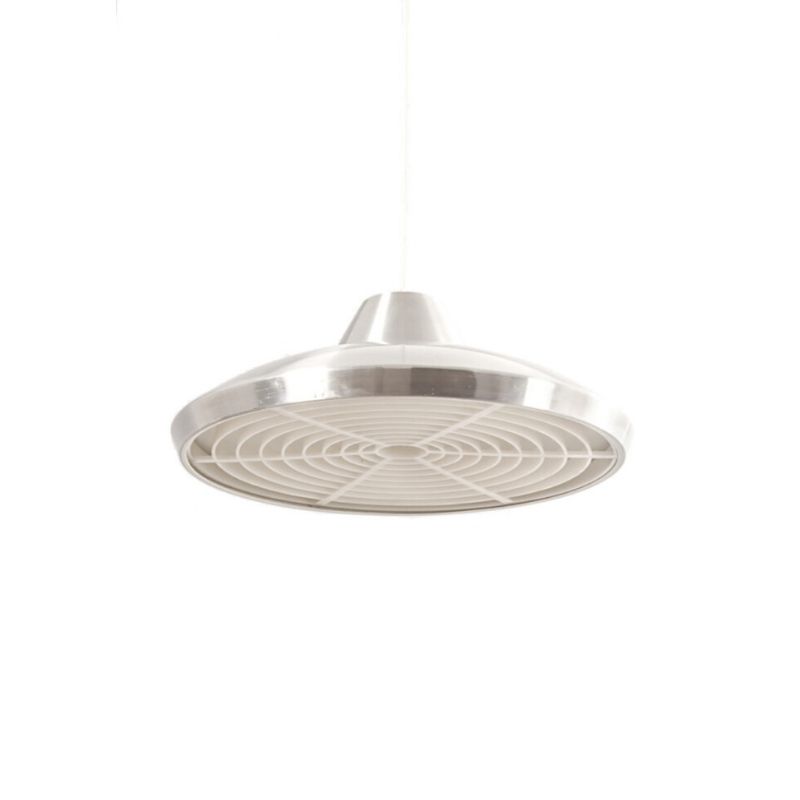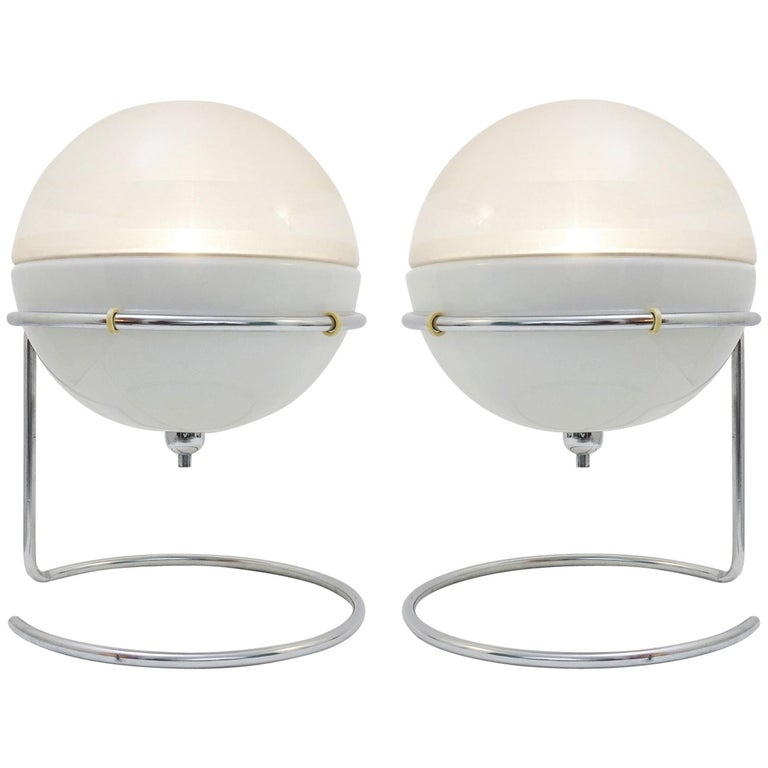Oil paint or latex?
Oil paint is acidic, therefore lye, water, and corn starch will strip the paint.
And do you know if it predates 1978? And is therefore likely lead paint? If it is lead paint, the heat gun approach requires low heat so as not to vaporize the lead.
http://www.americanbungalow.com/a-caustic-approach-to-exterior-paint-rem...
Condition survey
Before proceeding thoroughly inspect the condition of the masonry, not only the masonry units, but also the mortar joints, and adjacent caulking and flashing if any. Any issues you encounter such as weathered mortar joints, efflorescence, paint failure if any (blistering, chalking, alligatoring, etc.) will give hints of any additional issues you should address. Verify you do not have water / moisture penetration. If you do you may need to repoint or correct defective flashing and or caulking, etc. If you decide to repaint be aware maintenance requires repainting 3 to 5 years.
Restoring / cleaning masonry for the most part is still a trial and error process. Testing and common sense applies. Cleaning newer masonry is different from existing masonry. Existing masonry methods include high-pressure steam, sandblasting, hand washing, pressurized water and chemicals with steam and also burning off (only for experienced / skilled worker please);
Steam cleaning (high pressure steam)-least destructive apropos for smooth hard brick / glazed brick/ impervious surfaces = easier to clean
dry Sandblasting-use only if high pressure steam fails and brick will not be scarred. This also avoids problems w/ chemical reactions in the brick. Do not sandblast if the brick is light / heavily sanded or coated or glazed or w/ slurry finish. Properly select hardness of cutting / cleaning hardness of abrasive material.
Wet Sand cleaning- for hard bricks & employs water cushioned abrasive action to work. Recommended for paint removal.
Wet Aggregate cleaning- for soft bricks w/ ornamentations (carvings, flutings, etc.) Uses water & friable silica free aggregate applied w/ low pressure nozzle. Gentle & thorough method.
Hand washing- with proprietary compounds, acid solutions(10% muriatic 9:1 ratio, or detergent / soap (1/2 cup dry measure .14L trisodium phosphate & 1/2 cup dry measure .14L laundry detergent dissolved in 1 gallon clean water). Employ stiff fiber or wire brush (check manuf'r. recommend.)
High pressure cold water - do not exceed 700 psi nozzle pressure
Organic Commercial paint removers for very old dry paint is ineffective. Sandblasting or Steel wool scurrying will only work.
Make sure to thoroughly saturate brick masonry surface with water before and after application of chemicals o r detergent solution, properly use chemical solution, and protect adjacent surfaces when using cleaning agents.
I think that's what I'd do....
Use a heavy duty stripper to remove the heavy stuff. Then after it's scraped off, go back with another coat of stripper to get into the pores well. Then blast it with the pressure washer about 15 minutes later. One of the small tips that's good at eating grime. Not the worm tip that'll put holes through concrete, but the small fan.
Me too !
Almost any cleaning procedure, from a light dusting right through sandblasting (if not an acid bath) can be monitored as it happens, to assess the result. If excess surface degradation seems to be the result, the process can be abandoned without damage except perhaps to a very small portion of the subject. Certainly anything which begins to destroy the surface, or even modify its texture, will be apparent with close observation, in real time (as they say) . . . ?
THANKS - everyone
I went to HD to check out the options and they didn't have the GOO I was looking for, so I purchased a small bottle of the Citristrip, which as also fairly well reviewed.
Slathered it on. 12 hours later, NOT BAD. Took off the top layer fairly easily, another application might be pretty effective.
Mr SANDMAN returned my call and will come assess the situation. He says that he has done many similar removals with great success. He understands my concern for the bricks themselves and thinks he can likely remove the paint in a safe manner.
For a house like this, a low ranch, the contrast of the bricks is pretty impressive. ONE WAY OR ANOTHER, I will post pics. The new color (exterior paint) is a dark dark dark new england brown. It gives the home a real presence.
Thanks again one and all
If you need any help, please contact us at – info@designaddict.com









